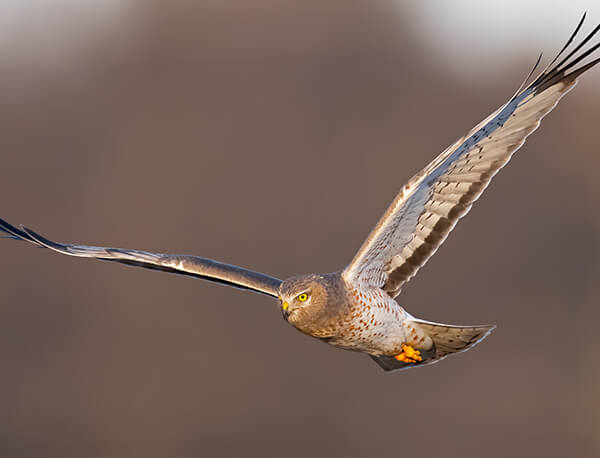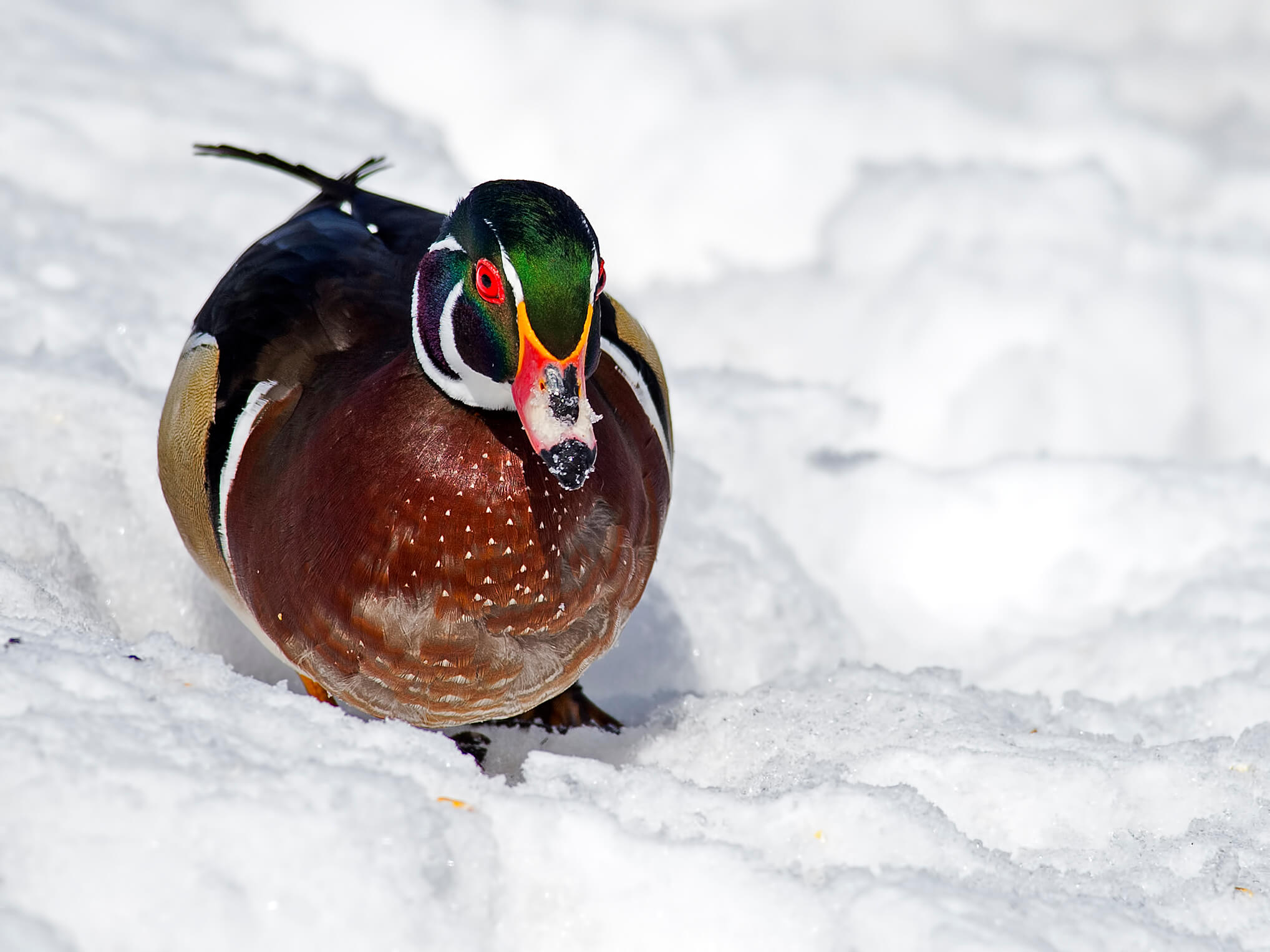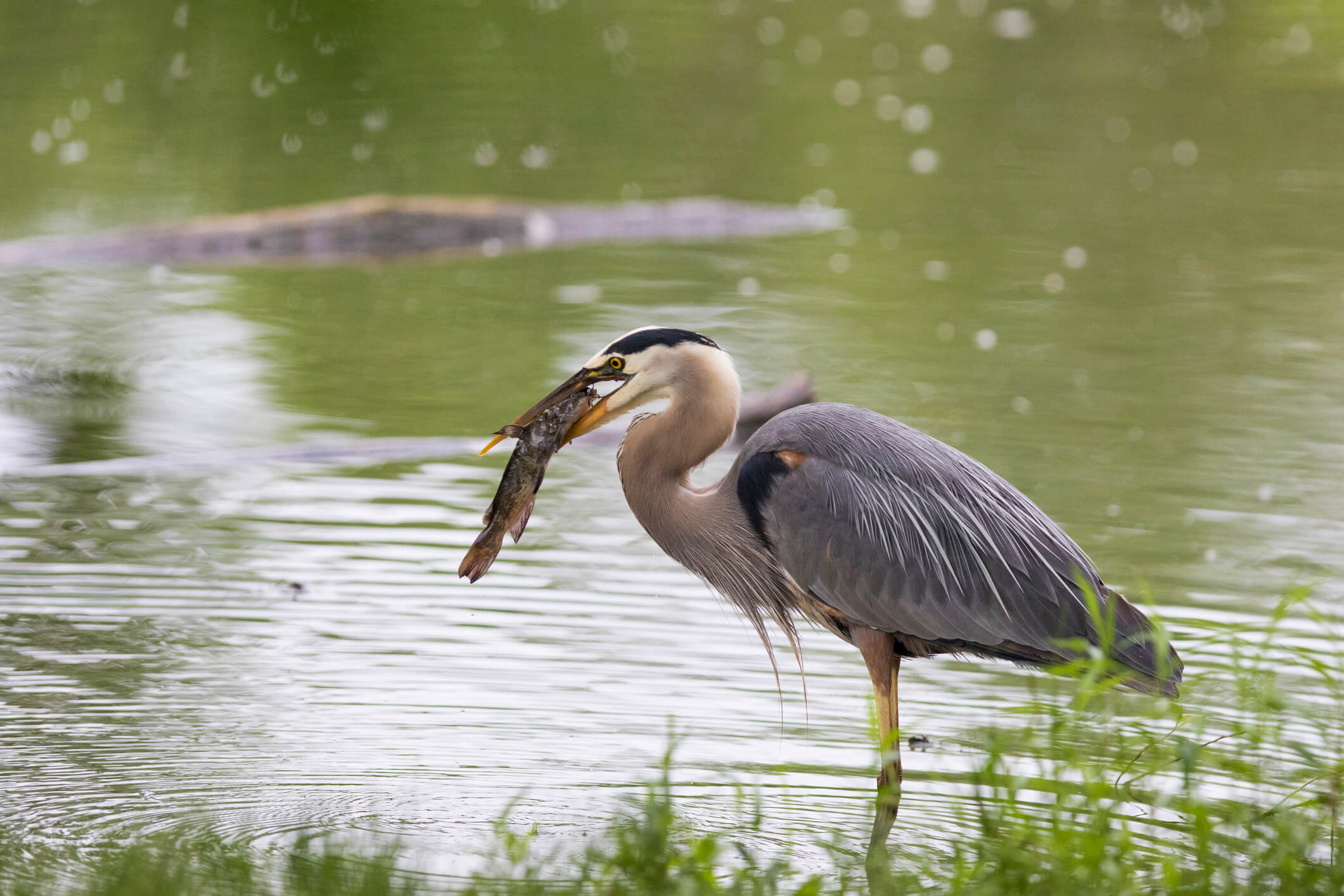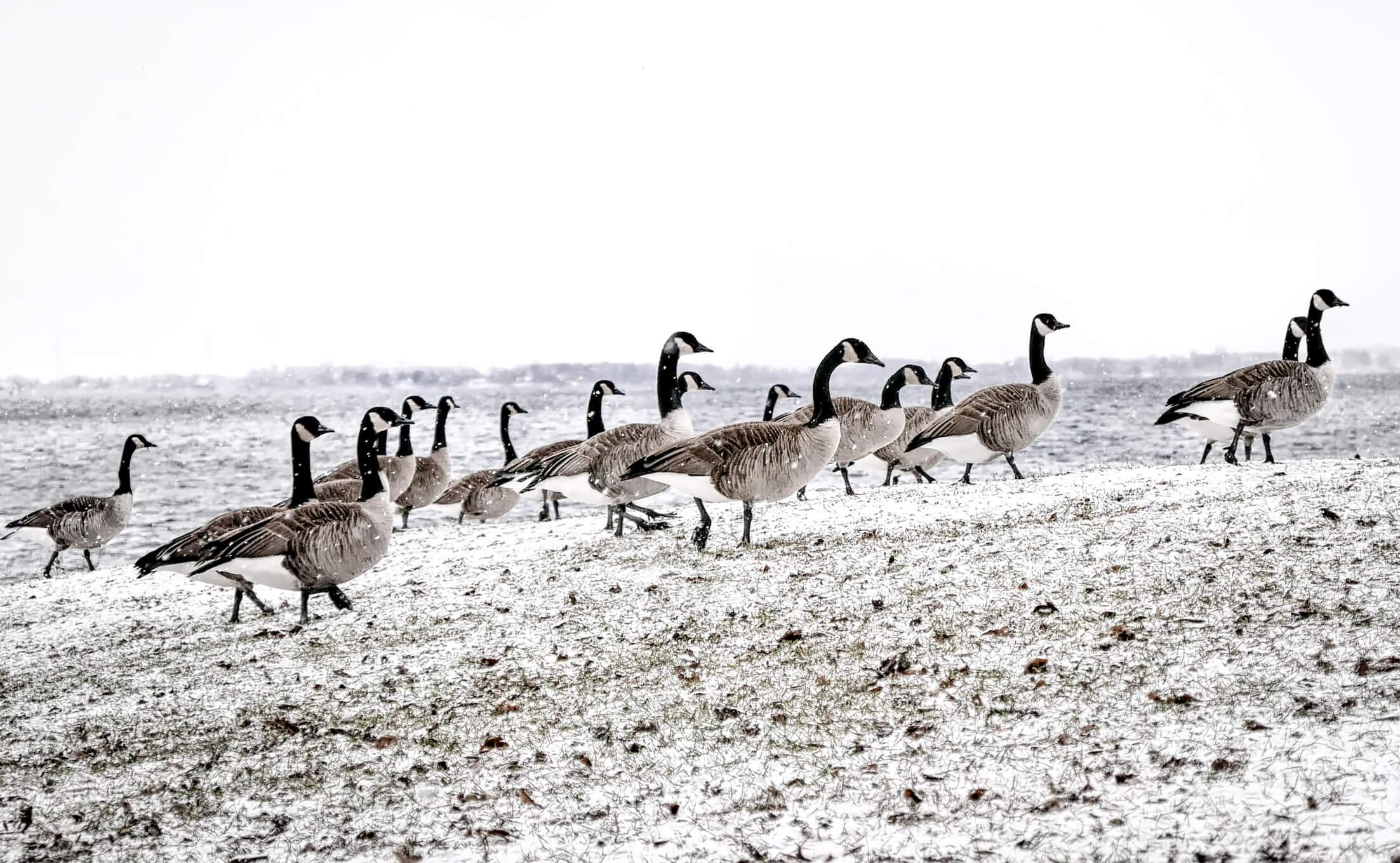Four reasons to celebrate World Wetlands Day
We're proud to manage the areas where we live and work for a number of values, from forest productivity to maintaining a healthy habitat for wildlife. This World Wetlands Day, we celebrate these delicate ecosystems and the animals that rely on them to thrive. Wetlands can include marshes, lakes, estuaries, lagoons, swamps and more.
Northern harrier - This hawk doesn't nest in trees or cliff ledges like most raptors; it prefers to stay "close to the fridge." It builds its nest on the ground, hidden in shrubs or reeds near the marshes where it hunts for small animals.

Wood duck - These creatures are well-known and easy to spot with their striking colour! They prefer wooded wetlands, rivers and lake edges. Unlike other ducks, wood ducks have sharp claws with which to perch in trees, where they prefer to nest.

Great blue heron - A large wading bird, known for being the largest heron native to North America (up to four feet tall!), great blue herons can be found feeding in shallow waters and can adapt to almost any wetland in its range, from fresh and saltwater marshes to mangrove swamps.

Canada goose – Canada geese are among the most well-known birds in Canada, noticeable by their large V-shaped flocks when migrating and their occasionally grumpy attitude towards people! Canada geese spend an equal amount of time on land as they do in water and can be found on almost any type of wetland. They prefer low-lying areas with wet meadows and ponds and this keeps them safe from predators.

Our conservation program has grown to 2,000 sites across New Brunswick, Nova Scotia, and Maine, of which wetlands are a crucial part. Learn more here: jdirvingconservation.com